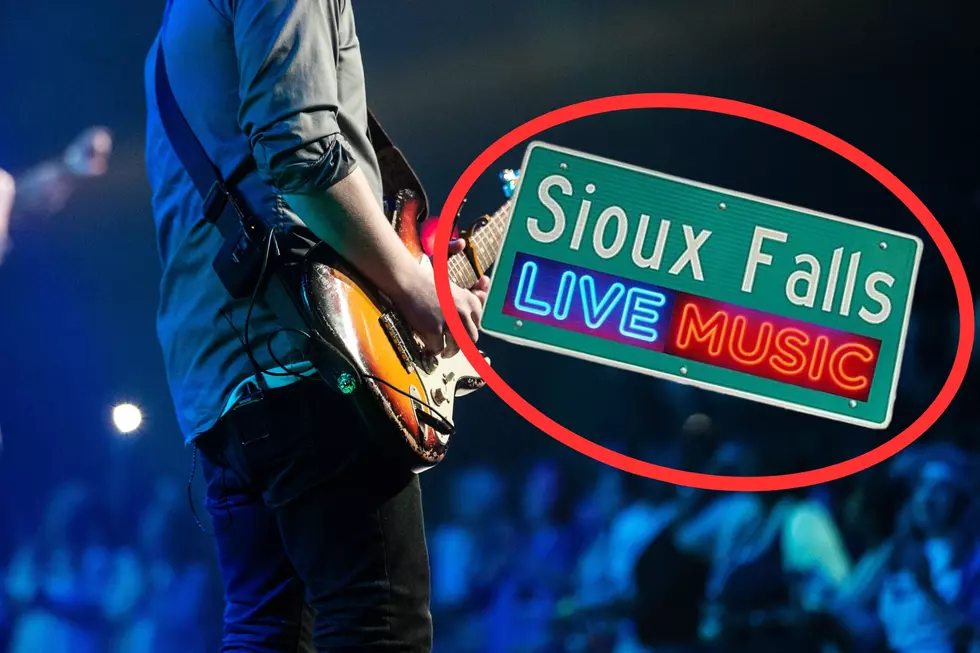
South Dakota Artist Elevates Soil and Trees as a Muse for 125th Anniversary of Statehood
It’s one of the more unique ways of celebrating 125 years of South Dakota statehood. The result of this brainstorm from an artist in Plankinton ties together terra firma from all 66 counties.
Formally the effort is called Grow 66/125 and its creator is Altman Studeny whose main occupation is art instructor at Aurora Plains Academy, but he also is a resident artist with the South Dakota Arts Council plus a founding member of the South Dakotans for the Inclusive Arts.
As a South Dakota native and Aurora County in particular, his studies took him outside of the state’s boundaries. Studeny says his time in Maine earning a graduate degree in studio art expanded his horizons which eventually led him to formulate Grow 66/125. “I was thinking a lot about different ways that artists can interact with rural places.” Admittedly Studeny found most artists draw their inspiration from an urban setting so he is charting his own path. “There’s not really a story that goes along in (the artist’s) culture with that. I did a lot of research into some studies done in the 1960’s about creating art centers in rural places. Grant Wood who painted “American Gothic” talked about the power of rural places.” In relation to the current task at hand, his goal became coming up with a concept of something involving all areas of the state.
Something that every county could offer on an equal basis was soil and a place for something to grow that would eventually leave a lasting legacy. “I was in contact with representatives from every county in the state. Working with them we found a place of some social or historical significance. From there I drove to every one of those counties collecting five gallons of soil from that site.” Studeny was the ultimate road warrior collecting all those samples over a two week period in June. “I mixed the soils all together so that you couldn’t tell Aurora from Ziebach and repotted them in the five gallon buckets.”
The new mixture contains a Burr Oak tree sapling that Studeny says will eventually be replanted back in the original excavation site. “Burr Oaks are a native tree that grows well in all regions of the state. Hopefully (these trees) will continue to grow strong, tall and healthy into the future to celebrate the 150th, 175th and 200th anniversaries of statehood. (As an artist) I like projects that use very common items in new ways.” By themselves it’s just dirt and a sapling. When you consider the source of the soil, where it was extracted and what will replace it, the status of that dirt changes. “When we get people thinking, ‘That’s important dirt.’ Everything around you is filled with potential for a meaningful experience.”
The oldest living South Dakota Burr Oak tree is in Wessington Springs. “The State Forester some years back aged that tree at being over 400 years old.” Which means that tree predates the Pilgrims who landed at Plymouth Rock. As a testament to the tree’s endurance capability, it survived the June tornado that ripped through the Jerauld County seat back in June.
Consider all the factors beyond the 125 years since the organization of governmental structure in South Dakota. The heritage of a centuries old tree plus distinct geological formations of the Badlands and the presence of human and animal activity well before there was even a Dakota territory cuts to the matter of what will remain in South Dakota once our time on earth is complete.
The list will include but not be limited to dirt, trees, potential and meaningful experiences.
Studeny speaks of his inspiration and explanation of the Grow 66/125 project.
Studeny found himself continually lost in South Dakota's splendor in gathering his soil samples.




